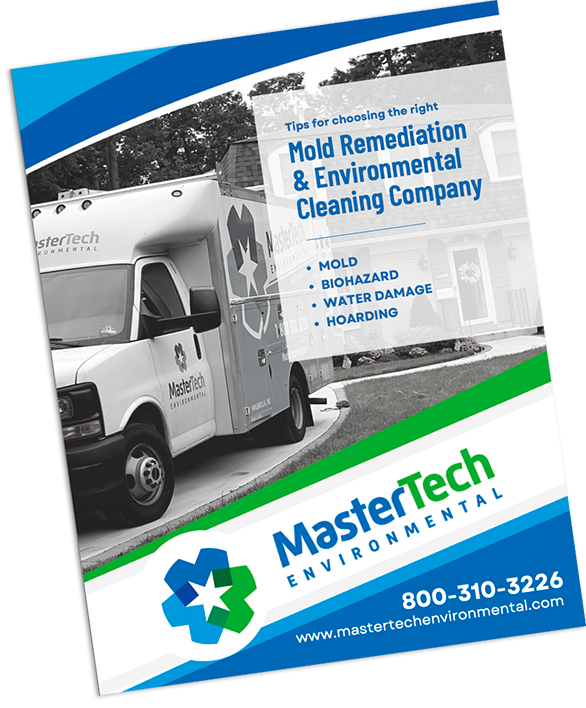 Ceiling Leaks Causing Mold Damage
Ceiling Leaks Causing Mold Damage
It can be easy to overlook a leak, especially when most South Jersey plumbing is covered by drywall or other building materials. Water easily flows and soaks into any porous building materials when it begins to leak. Ceiling leaks can cause severe mold or moisture damage, diminishing the structural integrity of your home. Oftentimes, ceiling leaks can go unnoticed due to the fact that they are more hidden than other areas of the home. It can take a while for ceiling leaks to seep through building materials before they become more visually apparent. For this reason, it is imperative that you take action as soon as you notice the leak. There could be far more damage than what you are seeing on the surface. The longer ceiling leaks are left to their own devices, the more damage it is likely to cause.
Signs Of Ceiling Leakage In South Jersey
As previously mentioned, ceiling leaks can easily go unnoticed for extended periods of time. To avoid this, educate yourself on the signs that could be indicative of serious underlying ceiling leaks or moisture issues, potentially leaving you with severe mold development.
Staining: Unexplained stains and/or discoloration are often the result of water seepage after unaddressed ceiling leaks. Water that has crept into a ceiling void often appears as a blotchy dark spot or stain as it slowly begins to saturate the surrounding building materials. Stains can appear yellowish in color, or darker compared to surrounding dry areas. This is dependent on the nature of the building material itself, as well as the extent of the damage. Look out for staining on and around your ceiling.
Peeling Finishes: Check the finishes on your ceiling for peeling or bubbling, as this is indicative of moisture seeping beneath the surface of the paint or wallpaper. The saturation compromises the adhesion of the finish, causing the paint or wallpaper to separate from the ceiling, causing bubbling, rippling, and peeling.
Odor: As previously mentioned, ceiling leaks can lead to mold development if left untreated. Mold can give off a musty, distinct, rather unpleasant odor. If you notice an unfamiliar, musty odor in your home, this can be indicative of a mold or moisture issue. Keep in mind that where you smell the odor may not necessarily be the source it is emanating from, so check your ceiling, but you may want to check other areas of the home for moisture damage and leaks as well.
Preventing Ceiling Leaks
We understand that accidents happen and sometimes you just can’t prevent ceiling leaks from happening. However, there are multiple steps you can add to your home maintenance routine that will help prevent ceiling leaks to the best of your ability. Regularly inspecting your ceilings for any of the aforementioned signs of leakage once a month will help you to stay on top of any potential leaks that could have occurred. It is also a good idea to repair any small damages that your ceiling may have sustained. This will ensure that it is in good shape and less susceptible to future damage. Additionally, you can check your home’s plumbing and pipes to make sure they are not leaking. Repair any damage to the pipes as soon as possible to ensure that they are in good condition.
When it comes to a severe water leak in your ceiling, early detection is key. Leaks that go unnoticed for extended periods of time can lead to widespread moisture issues, causing mold damage that can lead to costly repairs. A water leak in your ceiling needs to be repaired and thoroughly dried as soon as possible, and any non-salvageable materials need to be disposed of. A leak that goes unnoticed or unresolved in a timely manner can lead to severe property damage and diminished structural integrity of the home. If you discover mold damage or a water leak in your ceiling in a South Jersey property, contact a local mold inspection and remediation company to assess the damage.


